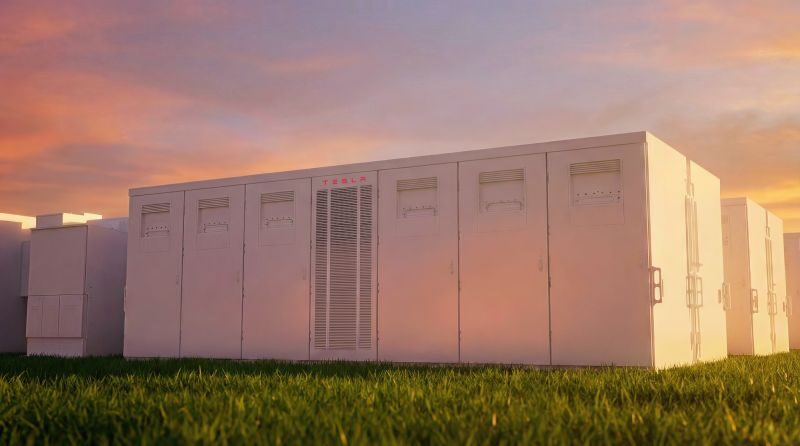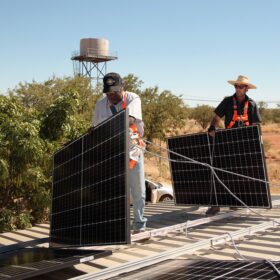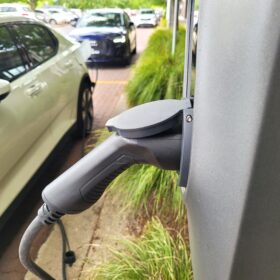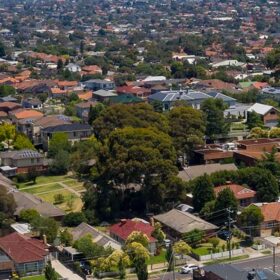Malaysia’s Ministry of Energy Transition and Water Transformation (PETRA) has launched the country’s first aggregation initiative for rooftop solar systems.
The Community Renewable Energy Aggregation Mechanism (CREAM) program allows homeowners to lease or rent their rooftop space to third parties who can then develop solar systems that will produce electricity to local consumers.
Program framework published by Malaysia’s Energy Commission sets a radius of 5 km for the green electricity generated under the scheme to be sold to both commercial and domestic customers.
The initiative is being rolled out with so-called Local Energy Generators and Aggregators (LEGA) responsible for developing solar systems on the rooftops of aggregated residential properties. LEGA will also manage all agreements related to rooftop leasing with homeowners.
Under the terms of the scheme, the electricity supplied to local consumers must be directly connected through the distribution network owned by public utility Tenaga Nasional Berhad (TNB).
TNB will also be responsible for implementing localised balancing solutions to maintain grid stability and minimise disruptions caused by intermittent solar generation.
A statement from PETRA adds that the implementation of the program is based on the principle of open grid access, which it says will “ensure it remains cost-neutral to the electricity supply system and will not result in tariff increase for the electricity consumers.”
The ministry has also said the program will “support and act as the catalyst to the energy transition effort,” including targets of increasing the share of renewable energy capacity to 40% by 2035 and 70% by 2050.
The CREAM program follows the implementation of the Corporate Renewable Energy Supply Scheme (CRESS) program in September 2024, which allows businesses to purchase green electricity directly from renewable energy developers through the national grid.
Malaysia opened a tender for the latest round of its large-scale solar program in January 2025.
The country’s cumulative solar capacity reached 2,306 MW by the end of 2024, up from 2,146 MW in 2023, according to the latest figures from the International Renewable Energy Agency (IRENA).
This content is protected by copyright and may not be reused. If you want to cooperate with us and would like to reuse some of our content, please contact: editors@pv-magazine.com.








By submitting this form you agree to pv magazine using your data for the purposes of publishing your comment.
Your personal data will only be disclosed or otherwise transmitted to third parties for the purposes of spam filtering or if this is necessary for technical maintenance of the website. Any other transfer to third parties will not take place unless this is justified on the basis of applicable data protection regulations or if pv magazine is legally obliged to do so.
You may revoke this consent at any time with effect for the future, in which case your personal data will be deleted immediately. Otherwise, your data will be deleted if pv magazine has processed your request or the purpose of data storage is fulfilled.
Further information on data privacy can be found in our Data Protection Policy.